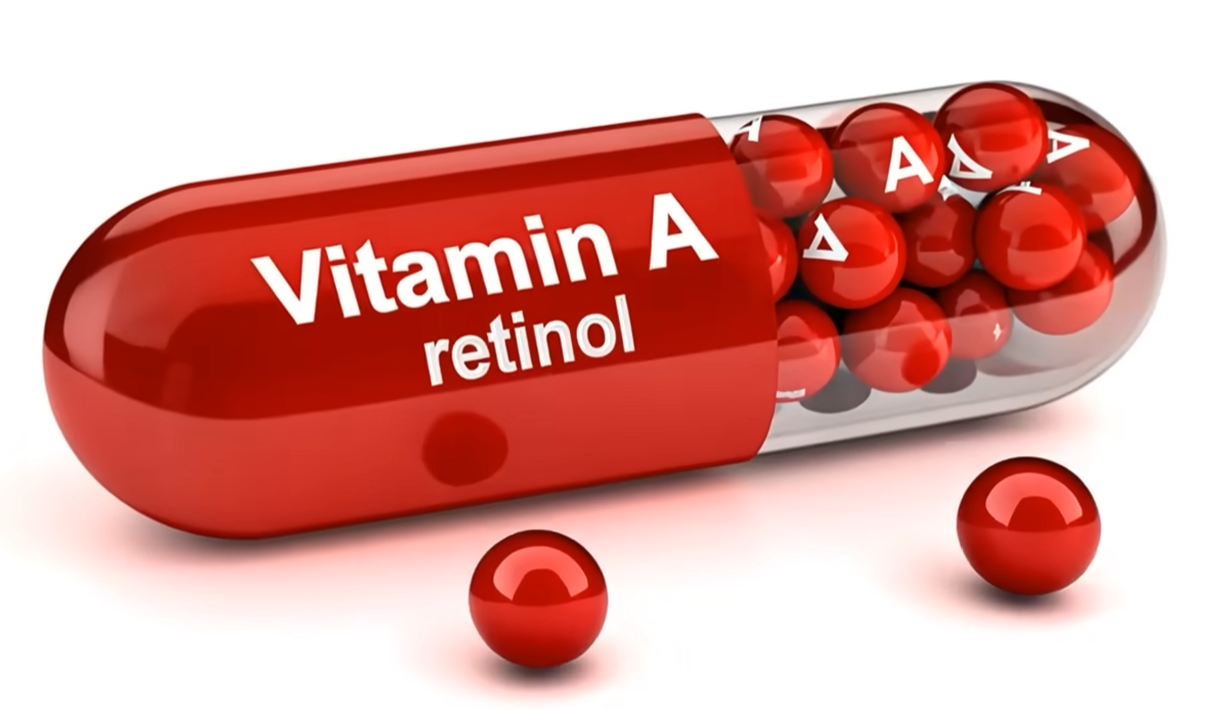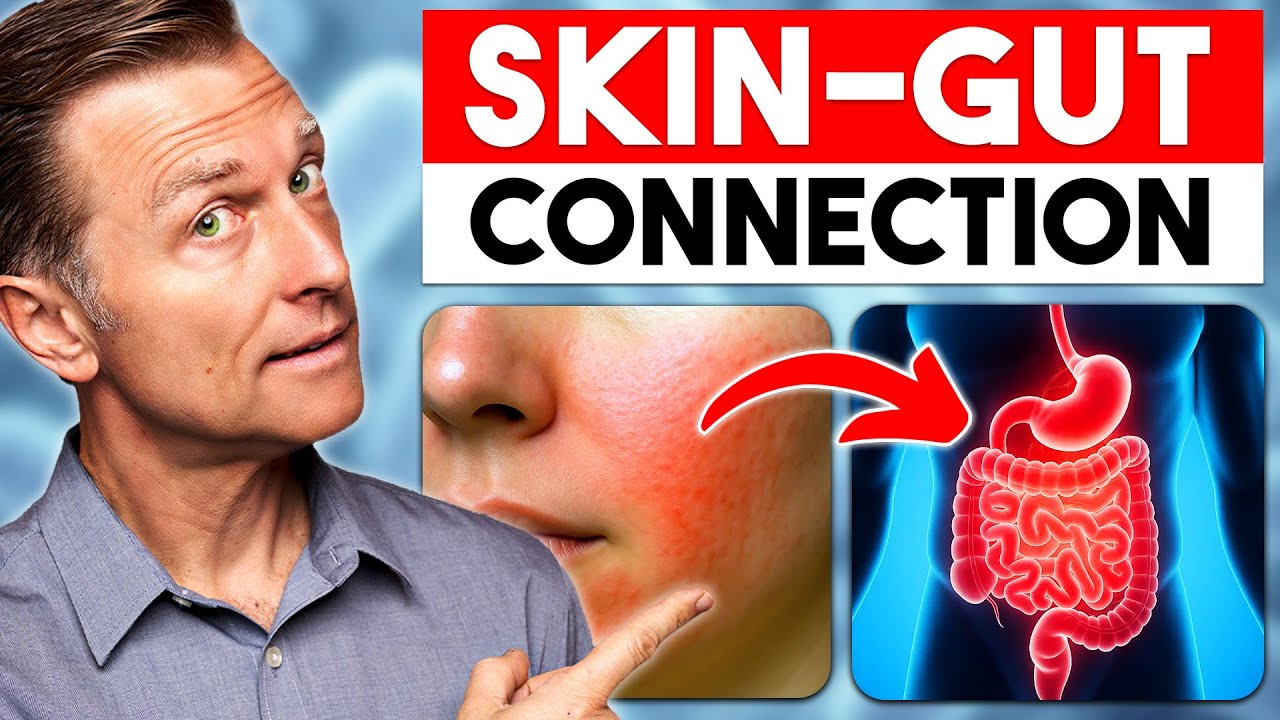Your skin is more than just a reflection in the mirror—it’s a window into your internal health, particularly your digestive system. While many people turn to skincare products to address breakouts, dryness, or inflammation, the real solution often lies deeper—in the gut. If you’ve struggled with chronic skin conditions like acne, rosacea, eczema, or unexplained rashes, your gut may be sending you an important message.
As a nutritionist with over two decades of experience, I’ve seen firsthand how healing the digestive tract leads to dramatic improvements in skin clarity, tone, and texture. In this article, we’ll explore five common skin signs of gut dysfunction, what they mean, and how to support your body from the inside out—using real food, expert tips, and evidence-based nutrition strategies.

1. Gut Dysbiosis: When Your Microbiome Is Out of Balance
Your gut is home to trillions of bacteria, both helpful and harmful. When this ecosystem becomes unbalanced—often due to poor diet, stress, antibiotics, or chronic illness—it can trigger systemic inflammation and skin flare-ups.
Skin clue: Persistent rosacea, redness, or facial flushing—especially on the cheeks and nose.
Rosacea is frequently linked to an overgrowth of certain bacteria in the gut. Interestingly, doctors often treat it with oral antibiotics, which may reduce symptoms temporarily but can worsen the imbalance long-term. The real fix lies in restoring microbial diversity and calming gut inflammation.
Expert tip: Eat a diet rich in fermented foods (like sauerkraut, kimchi, and plain yogurt), eliminate ultra-processed foods, and consider taking a broad-spectrum probiotic with clinically studied strains like Lactobacillus plantarum or Bifidobacterium longum.
2. SIBO: When Bacteria Invade the Small Intestine
Small Intestinal Bacterial Overgrowth (SIBO) occurs when bacteria that should reside in the colon migrate into the small intestine. This causes bloating, gas, nutrient malabsorption, and—yes—skin issues.
Skin clue: Acne-like bumps, especially in adults, or worsening rosacea symptoms.
In SIBO, bacteria compete with your body for nutrients, especially B-vitamins, iron, and zinc—all of which are critical for skin repair and function. This imbalance also leads to leaky gut syndrome, which can fuel autoimmune reactions and chronic skin inflammation.
How to help: Temporarily removing fermentable carbs (a low-FODMAP or even carnivore-style diet) and practicing intermittent fasting can starve overgrown bacteria. Adding apple cider vinegar before meals and supporting stomach acid production may also assist in rebalancing your digestive tract.

3. Inflammation: The Silent Skin Saboteur
Chronic inflammation in the gut often stems from food sensitivities, leaky gut, or processed foods rich in inflammatory oils and additives. This low-grade inflammation impairs nutrient absorption and stresses your immune system.
Skin clue: Dry, flaky patches around the nose, mouth, or forehead; red, irritated skin; recurring rashes.
One major factor? Gluten sensitivity. Even in the absence of celiac disease, gluten and other grains can cause intestinal damage in some people, reducing your ability to absorb essential nutrients like zinc. Zinc deficiency is directly tied to impaired wound healing and rough, scaly skin.
Pro tip: Prioritize anti-inflammatory foods like wild-caught salmon, leafy greens, olive oil, and turmeric. Cut out refined seed oils high in omega-6s and increase your omega-3 intake through fatty fish or high-quality cod liver oil.
4. Malabsorption and Vitamin Deficiencies
If your gut is inflamed long enough, you may begin to lose the villi—tiny, fingerlike projections lining the intestines responsible for nutrient absorption. This leads to widespread deficiencies, especially of fat-soluble vitamins like A, D, E, and K.
Skin clue: Eczema, psoriasis, and autoimmune skin conditions; frequent infections; or skin that bruises or tears easily.
Vitamin D, in particular, plays a major role in immune regulation. Low levels are often seen in individuals with chronic skin conditions. Without enough vitamin D, the skin struggles to heal, and inflammation becomes harder to control.
Fix it naturally: Spend 10–20 minutes in sunlight daily (without sunscreen), or take a high-potency vitamin D3 supplement alongside fat-containing meals. In severe cases, light therapy or supervised high-dose supplementation may be necessary.
5. Bile Dysfunction and Vitamin A Deficiency
The gallbladder plays a critical role in breaking down fats and fat-soluble nutrients. If it’s sluggish—or removed entirely—your ability to absorb vitamin A suffers. Vitamin A is essential for skin cell turnover, moisture retention, and immune function.
Skin clue: Keratosis pilaris (those small, rough “chicken skin” bumps on the backs of arms or thighs); excessively dry or itchy skin.
Many people with poor bile flow also experience skin itchiness and dullness due to reduced detoxification. Estrogen-based medications, insulin resistance, and high-carbohydrate diets can all impair bile production.
How to improve bile flow: Supplement with ox bile or purified bile salts (such as TUDCA), eat bitter greens like dandelion or arugula, and reduce excess carbs that may interfere with fat metabolism. Include foods rich in retinol—like beef liver or cod liver oil—to restore vitamin A levels effectively.

How to Heal Your Skin by Healing Your Gut
Your skin won’t truly heal until your gut is balanced, nourished, and functioning properly. Here’s a quick summary of what to focus on:
- Eat whole, anti-inflammatory foods: Focus on quality protein, colorful vegetables, healthy fats, and low-glycemic fruits.
- Remove triggers: Eliminate gluten, processed seed oils, excess sugar, and alcohol.
- Support digestion: Try apple cider vinegar before meals, digestive bitters, or digestive enzyme supplements if needed.
- Rebuild your microbiome: Use probiotics, eat fermented foods, and avoid unnecessary antibiotics.
- Consider targeted nutrients: Zinc, vitamin D, vitamin A, and omega-3s are often depleted in those with skin issues.
- Practice gut rest: Intermittent fasting or simplified meal plans (such as a carnivore or elemental diet) can allow the gut to repair.

Final Thoughts: Your Skin Is a Mirror of Your Gut
Understanding the deep connection between your digestive health and your skin can be transformative. If you’ve been chasing topical treatments without results, it’s time to turn inward. Addressing gut imbalances not only clears your complexion—it boosts your energy, mood, immunity, and long-term vitality.
If you’re struggling with persistent skin issues and suspect your gut may be the missing piece, consider scheduling a nutrition consultation. You can also explore related articles on gut-friendly recipes, nutrient-rich meal plans, and proven strategies for reducing inflammation naturally.
Your skin is speaking—are you ready to listen?



